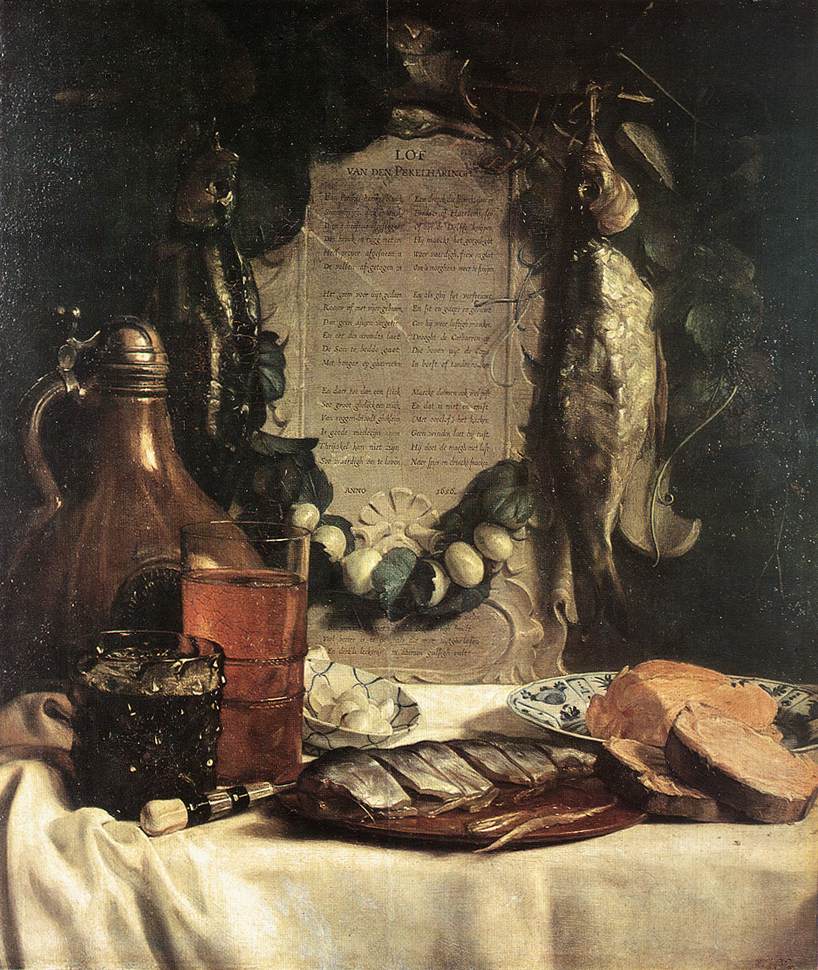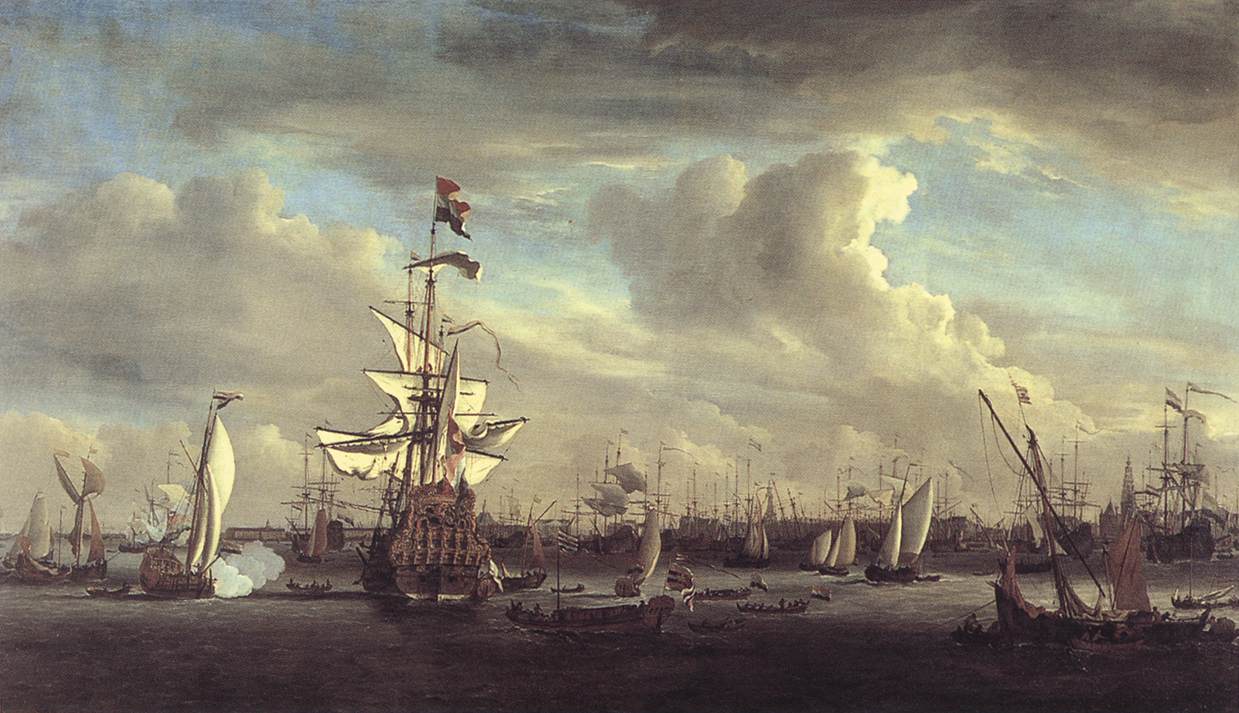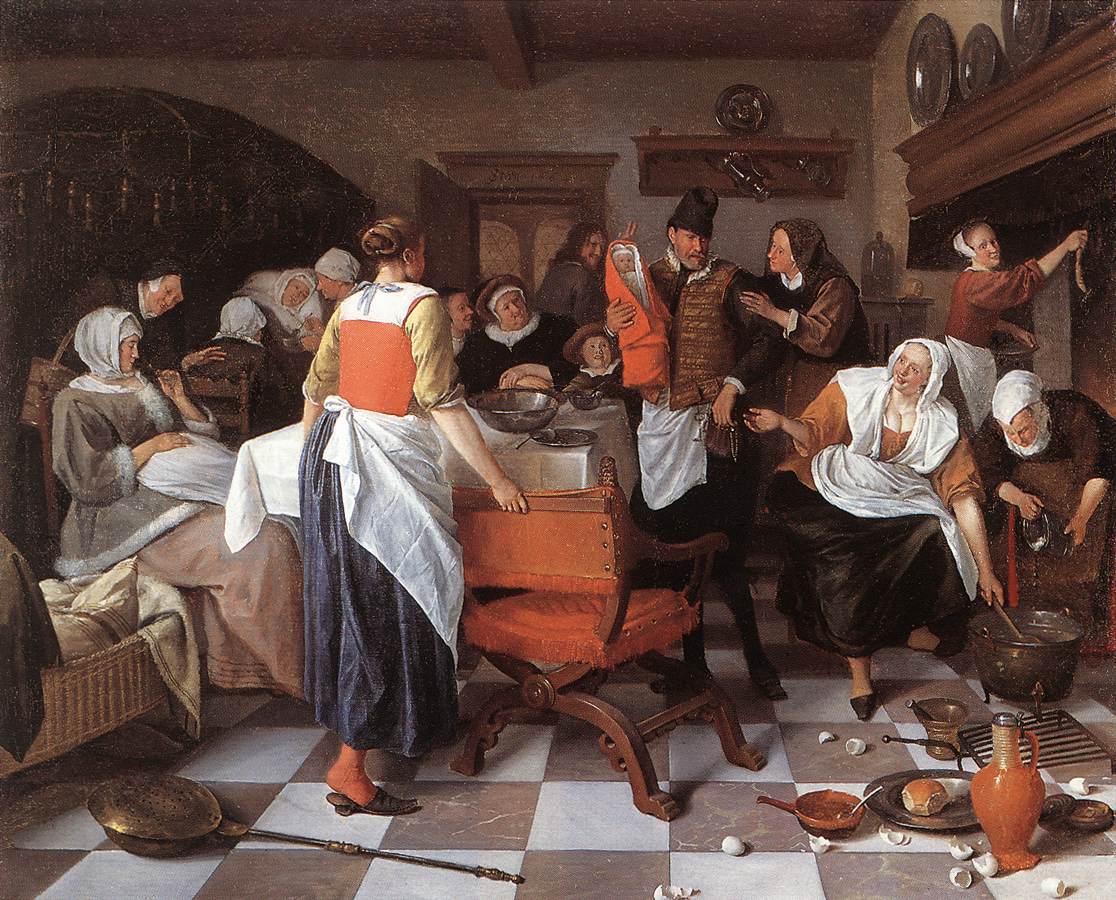
For reservations to experience “nkwiluntàmën: I long for it; I am lonesome for it (such as the sound of a drum)” by Indigenous artist Nathan Young, please go to https://nkwiluntamen.com/
Dutch Cooking: They’re Not Just Tilting at Windmills
- August 13, 2012
- Posted By: Pennsbury Manor

One of the great appeals of colonial Pennsylvania was the acceptance of diversity allowed by Governor William Penn. With the mingling of different cultures, citizens began encountering new cuisines of all types and cultures. One particularly influential people hailed from the Netherlands!
The Dutch had been given access to an array of ingredients never before available in Europe. During their Golden Age, a period lasting from the mid-16th to mid-17th centuries, the Netherlands expanded their empire by securing a diverse range of colonies. Trade from the distant East and West Indies, now modern-day Asia and the Caribbean, brought about wealth as well as changes in appetite.

From these far lands came indulgences like sugar cane, chocolate, spices and even pineapple! With these new ingredients becoming increasingly available, the palette of the average Dutch citizen began to incorporate more sweets and treats. Notable foods introduced by the Dutch include pretzels and coleslaw. Delights such as gingerbread, waffles, wafers, pancakes, honey cakes, and local confections like marzipan and olie-koecken became common. As you can imagine, the Dutch soon became renowned for their well-developed sweet tooth!
You can find a recipe for 18th-century doughnuts, also of Dutch origin, posted by Colonial Williamsburg.

On the voyage from the Netherlands to the New World, they not only brought their recipes, but also their cookware. A common piece in a kitchen during this period was a mult-purpose cast iron pot, complete with legs and a brimmed top. This pot was such an efficient cooking tool it became known worldwide as a Dutch Oven, a term which dates to at least 1710.
Settlers also came prepared with frying pans and even irons for waffles. Over the years, settlers began to incorporate native produce like pumpkin and corn into their traditional food ways devising creations like pumpkin-cornmeal pancakes. This important culture has helped shape the growth of colonial Pennsylvania, as well as impacting the diet we find commonplace today.
By Ray Tarasiewicz, Intern